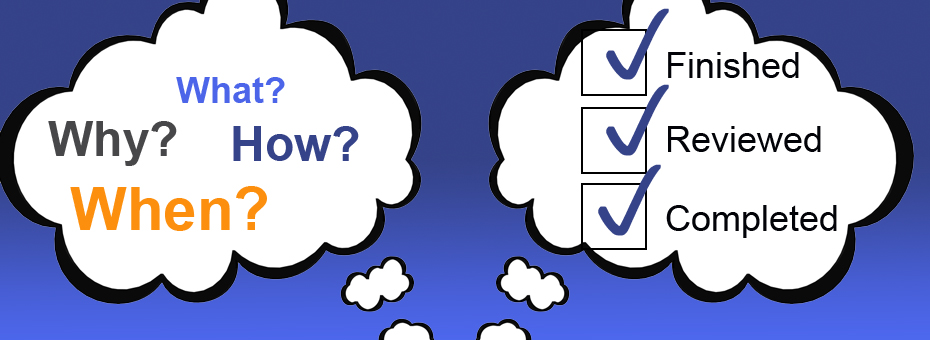Several weeks ago, at the MoreSteam annual Executive Briefing in Houston, Texas: Excellence in Process Improvement, there was an interesting presentation and discussion on Lean/Sigma training. The conference participants were comprised of a select group of experienced continuous improvement professionals, many of whom are program leaders.
The question was raised (in essence): “Do our historical training modules provide a solid foundation for professional students to become successful problem solvers?”
What we discovered as a group through analyzing the data was no, we are not necessarily focusing where we should with our training. The biggest issue we have is that our training initiatives stuff Lean/Sigma students in a box, and then we ask them to think outside the box.
After discussing the subject, we agreed more of the following is needed:
- knowledge of the principles and purpose behind each step in the scientific problem solving approach
- soft-skills training and behaviors
- information/resources/training on how to do change management
- perhaps more project management know-how
Without these elements, students seem to struggle to see successes in improvement projects.
There’s also a concern that people sign up for Lean/Sigma training unprepared with a sponsored project that is strategically aligned with their business unit’s improvement needs. In these cases, most projects experience a high failure rate and little to no sustainability. Additionally, further improvement projects are few to none if students are expected to practice continuous improvement as a work hobby instead of their professional focus.
Success of improvement projects are also linked to training methodology. In so many of our training programs, we focus so much on the tools used in each step of the scientific problem solving process, perhaps we don’t spend enough time on the principles: the “why” behind each step. Tools are fairly static and further details can be obtained about them as a part of the curriculum follow-through. But if there is not a thorough grasp of methods and principles (the why), many continuous improvement professionals only learn how to apply tools, not the reason they are using them or to think creatively through the process. The guest speaker, Mike Carnell, said it best: “We need to teach people to think, not just execute steps.”
In my experience, without attention to why continuous improvement is important, the purpose behind each scientific problem solving step, when tools should be used, and when to apply certain ideas in change management: we are training potential change agents to do nothing more than follow a checklist. How do you help your professional students retain information better and develop as successful project leaders? One way is through mentoring and making sure your training program has a mentoring component.
It was concluded by the conference participants: while not everyone is a great mentor, the availability of support is the key to a Lean/Sigma student’s success, regardless of format. Also key: mentors need to be available for professionals on all levels. I found that the students developed a richer understanding of continuous improvement and performed better over-all when the in-class portion of training was followed up with a mentoring program. Those that do not have the benefit of a strong network of continuous improvement leaders in their organization can reach out to their professional organizations for assistance in mentoring.
Another topic that came up at the conference: “What blend of training is the best: instructor-led, on-line learning, simulation-based interaction, or a blend?”
Hands down, a blended training model won as the best approach to learning. Research into adult learning suggests that the learner must experience the Theory (the why), they must Model (learn by doing with a mentor), Rehearse as the skill needs to become habitual, and receive constructive Feedback to understand if they are within tolerance of the model and how they can improve. Interestingly, the younger generations also take a new approach to learning and most excel at self-directed training models. They do not respond well to rigorous course outlines or repetitive approach to tool-centric models without any emphasis on principles and methods. They appreciate a more collaborative style of learning that stresses creative thought and interactive discussion. They’re all about the why!
Continuous improvement requires continuous learning at all levels and also continuous learning throughout a professional’s career. To provide the best learning experience possible, as a lean community, perhaps it’s time to continuously improve our approach to training?
What approach does your organization use with success and what are some lessons learned that you have to share?






Thank you for sharing! I totally agree. During training to program leaders, I explain the tools in 4 steps, as in a mamushka doll: 1. the mechanics of the tool (how should be used), 2. the purpose of the tool (what is expected to be achieved through its use), 3. the project: how to introduce in the real work, and 4. the change: how to prepare the people for the transformation.